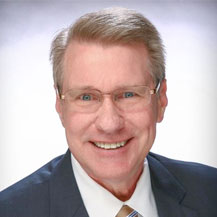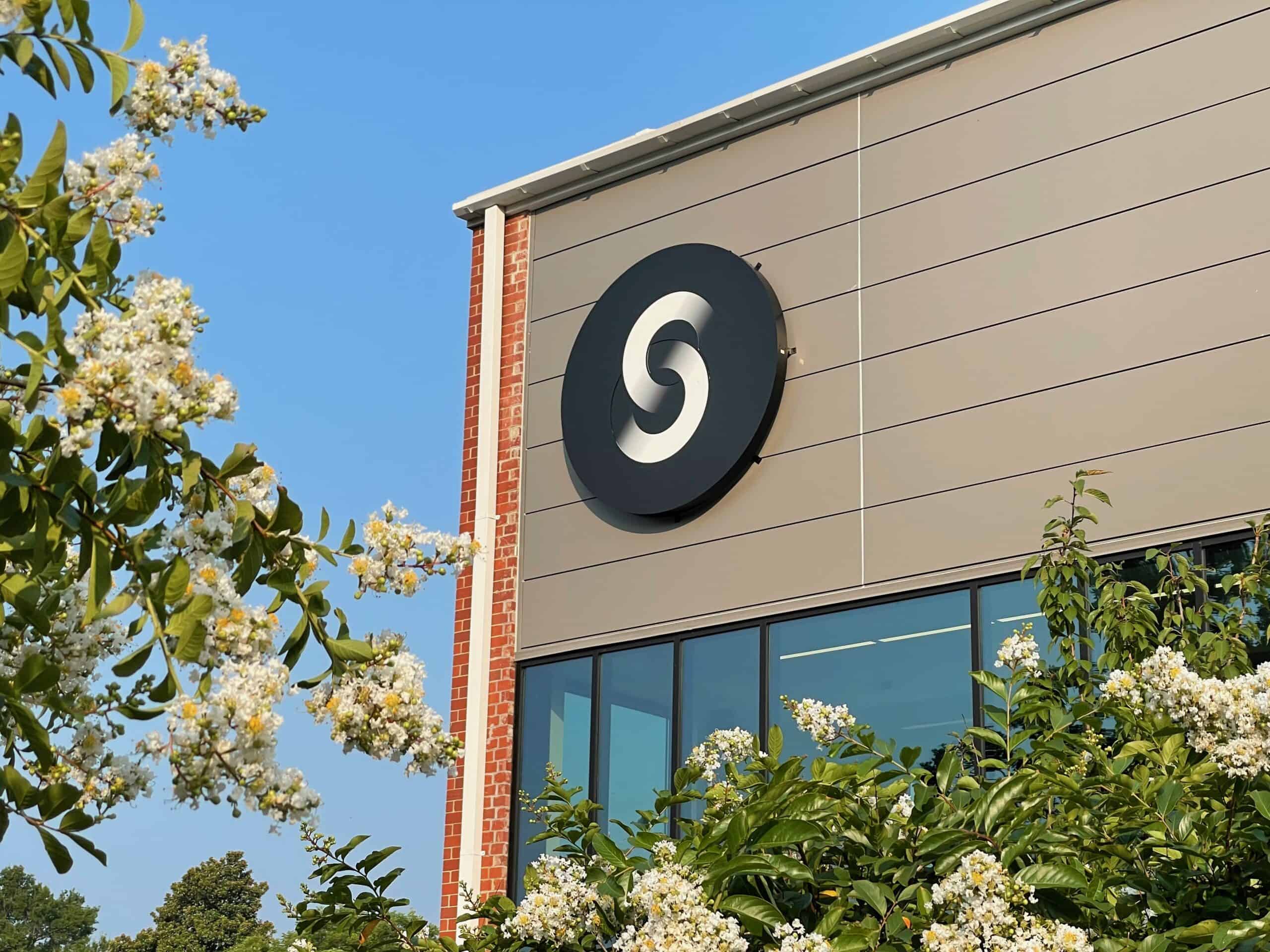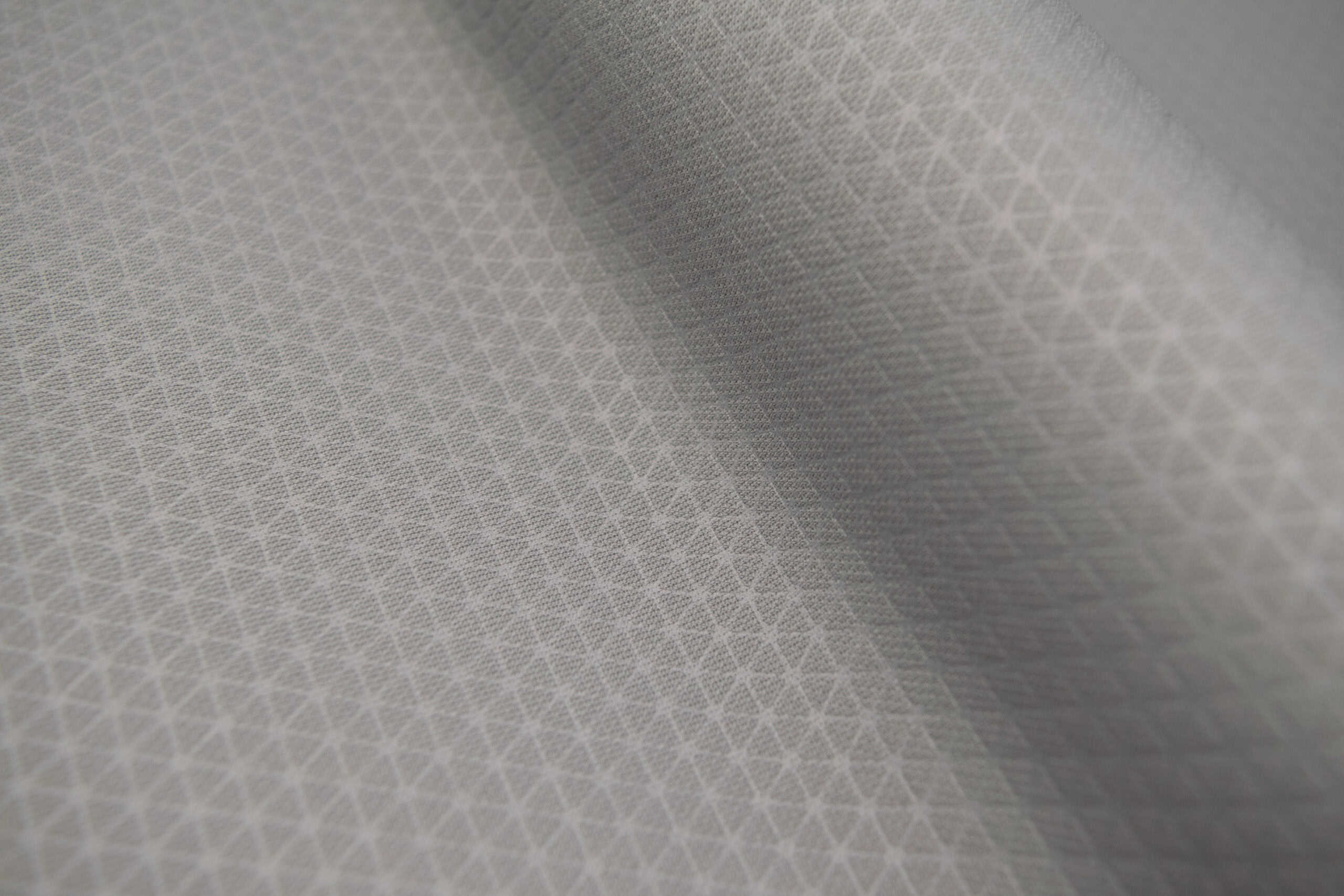In the past few years, organizations across numerous industries have tried to navigate the murky N95 market. When making N95 purchasing decisions, you want to make the best choice that keeps employees and clients safe, meets quality and price targets, and comes paired with a vendor to help you maintain a full pipeline. It’s a lot of pressure all by itself, but throw in confusion, misconceptions, and a flood of fakes penetrating the market, and suddenly it’s even more challenging.
We listened to our customers’ issues with sourcing quality and synthesized the following list of five things to look for in your N95 mask when purchasing PPE. With this checklist in hand, you’ll be prepared to ask the right questions and make smart PPE decisions.
- NIOSH-approval
What is NIOSH? It’s the National Institute for Occupational Safety and Health and a division of the CDC. Like other governing and regulatory bodies, such as the FDA, NIOSH has specific requirements, tests, and certain specs that products, production lines, manufacturers and their quality control systems must meet for approval.
The process can take anywhere from 4 to 8 months. Still, this lengthy and stringent process ensures that products such as N95 masks meet quality, safety, and performance standards to be sold across the category and protect your employees. N95 masks must be NIOSH approved to be a legitimate N95 Particulate Respirator.
- Legitimate vs. Counterfeit
There are a lot of counterfeit N95 respirators on the market right now. The FBI, CBP and various market-leading US manufacturers, such as 3M, are identifying and confiscating supplies of counterfeit N95 masks at ports of entry and warehouses across the country. How can you identify a legitimate N95 mask and a counterfeit N95 respirator? Like a fake designer handbag, there are some telltale signs.
Pay close attention to the consistency of the N95 masks. Do they all appear to have the same quality and construction? Or are there noticeable differences and variations? Does the mask or box carry a lot #, which is a NIOSH requirement?
While you’re looking at the construction, also check the labels. Frequently, counterfeits will look almost the same but differ in their labeling. Additionally, double-check the NIOSH TC (approval) numbers. Like a vehicle identification number (VIN) on a car, you can use TC numbers to check your mask’s validity using the CDC’s certified equipment search. When possible, always buy from verified sources such as major distributors, retailers, and direct from the US manufacturer. That last way is the most secure way to avoid fakes.
To be doubly sure, you can also check with the manufacturer to find out if the lot # is legit and was sold to the source of your mask as a verified distributor. And lastly, use common sense – if the quantity available and the price being charged is way off from market pricing – high or low – be suspicious.
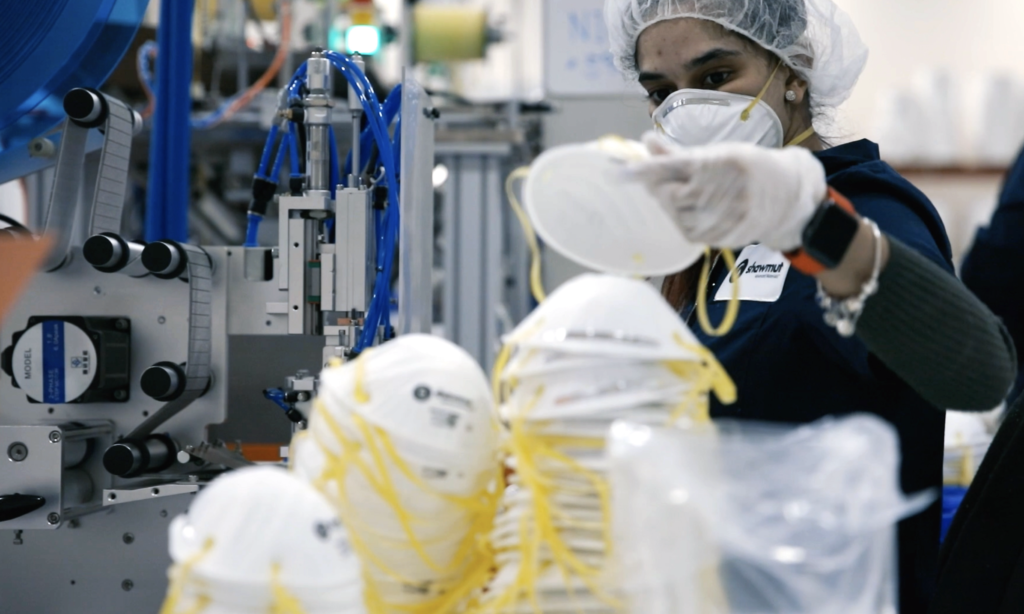
- US-Made from Globally Sourced Materials vs. 100% US-Made and Manufactured
If your organization is committing to purchase US-Made PPE, pay close attention to the sourcing of your mask. Are all the materials like meltblown filter material made in the US, or are they sourced from outside the US? The difference can matter to the performance and consistency of your N95 masks.
A domestic vendor who makes or sources all of its N95 materials in the US has a shorter supply chain and can respond to customers in a timelier fashion and scale more dynamically to your needs. Beyond a more reliable and controlled supply chain, there can be a quality issue buying N95 masks internationally. When critical mask materials like the meltblown fabric used in the static filters of N95s come from China, they can lose charge and effectiveness when shipped in containers overseas, making them less safe for employees and clients.
- Fit and Comfort
Typically, manufacturers design N95 masks for protection, not comfort. A molded-cup style N95 respirator features head straps that allow it to mold tightly against your face and block 95-percent of test particles, making it the gold standard in filtration.
While this design has generally been less comfortable in the past, comfort matters because it helps employees wear their masks, abide by the rules, and do their job. Look for a vendor that prioritizes comfort in addition to safety with its designs. Is it easier to breathe through? Does the mask fit a variety of workers? Does the design and fit mitigate eyeglass fogging? Getting the design details right ensures that your employees, like healthcare and frontline workers, can perform at their best even during long days and 12-hour shifts.
As critical pieces of a PPE policy, N95 masks should be fit-tested to everyone who needs to wear one, to ensure the mask is safely performing up to its potential. Mask manufacturers and distributors carry fit test kits to help employers meet the guidelines of annually fit-testing each employee.
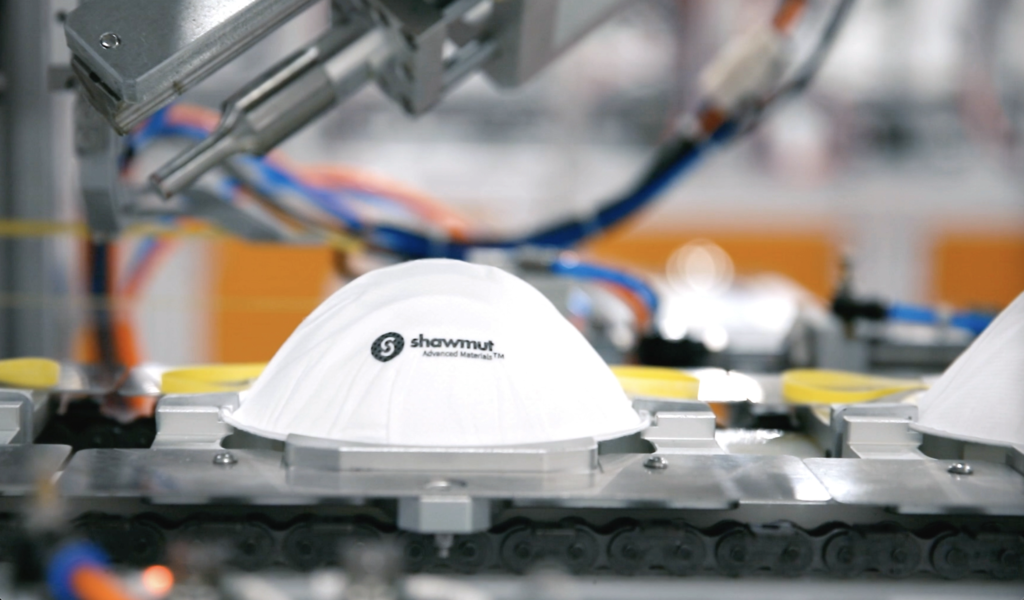
- Price
You might see price as the most important thing to look for when investing in an N95 mask. However, our customers have found among the wave of counterfeits, cheap imports, and quality issues raising health and safety concerns for their employees that you simply can’t put a price on lung protection. And you get what you pay for with something as crucial as an N95.
Look for a partner who specializes in materials and engineering innovation that can keep price points competitive.
These five N95 mask evaluation points can be a helpful touchstone to making intelligent purchasing decisions in the future. We’ll have more N95 takeaways on the blog down the line. Just remember, if your mask checks all these boxes, you’re well on your way to an N95 respirator that’s legitimate, quality, and protective for your employees and clients.

